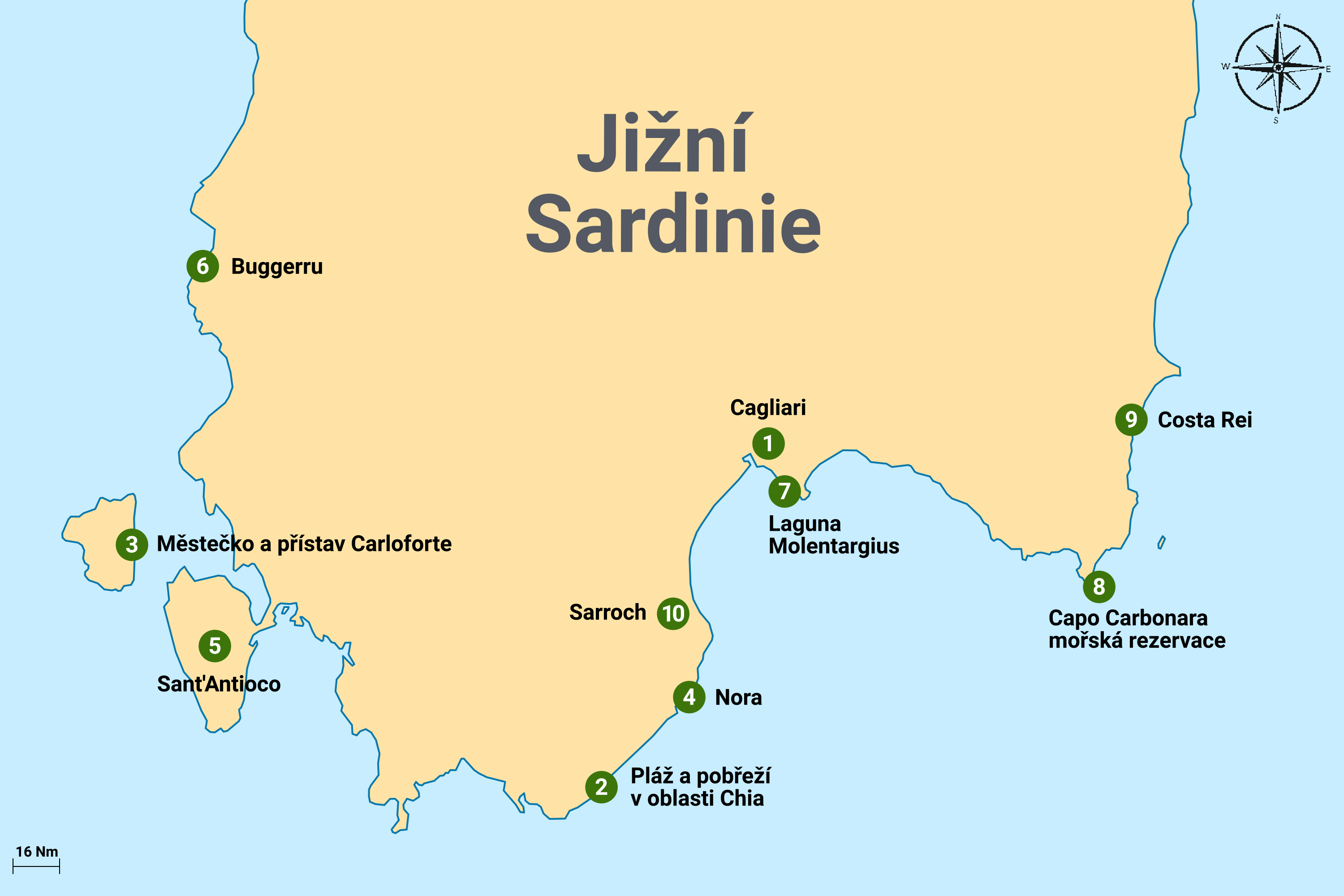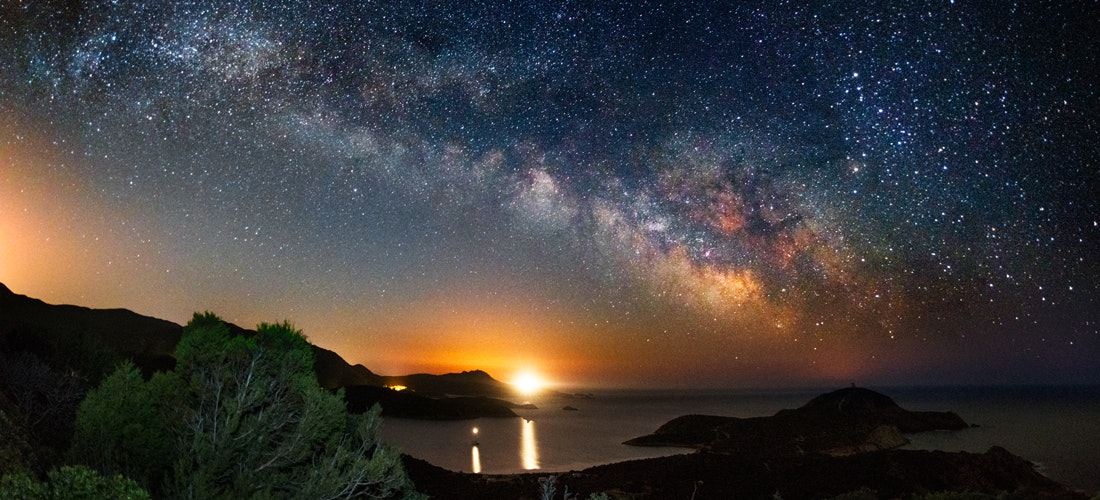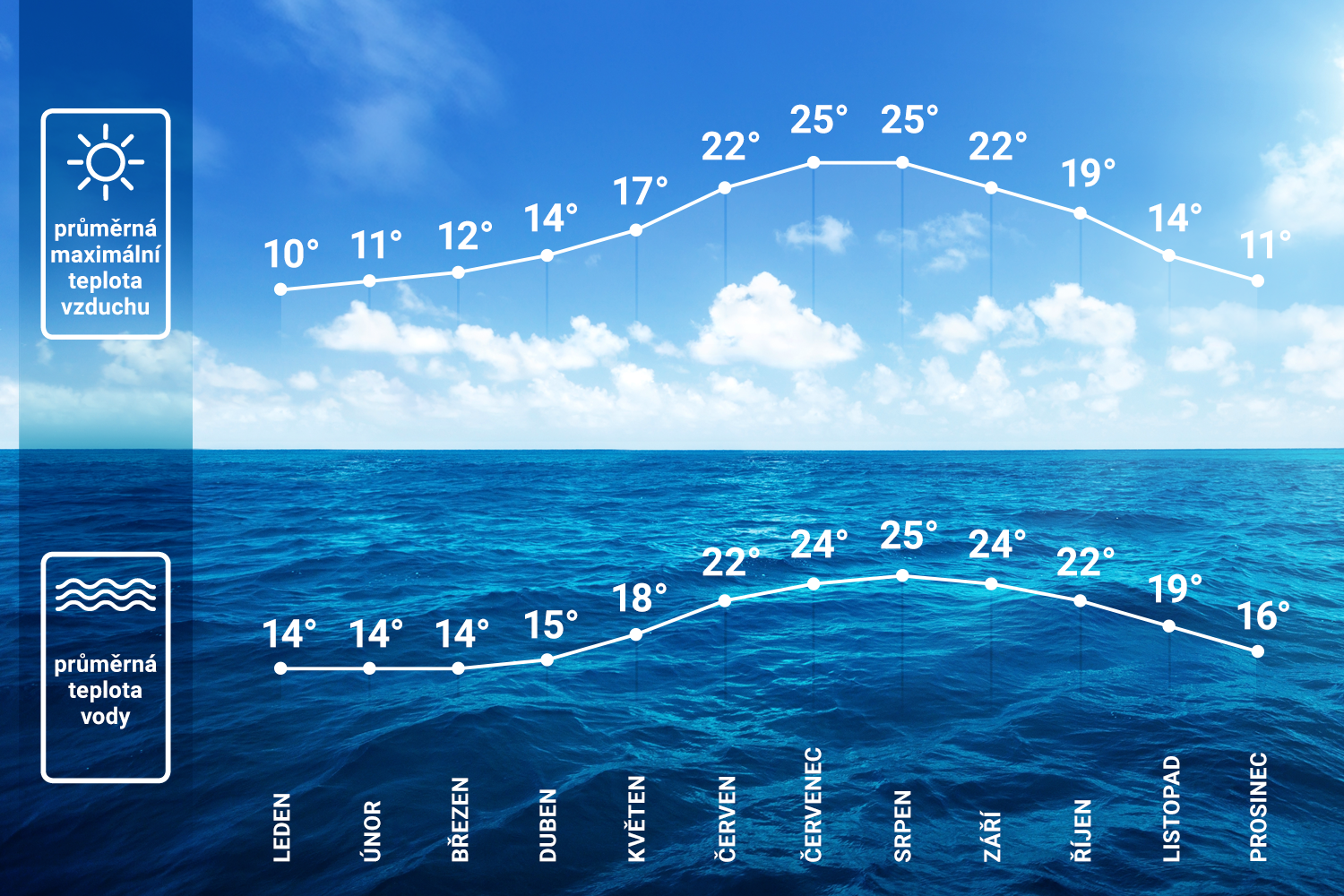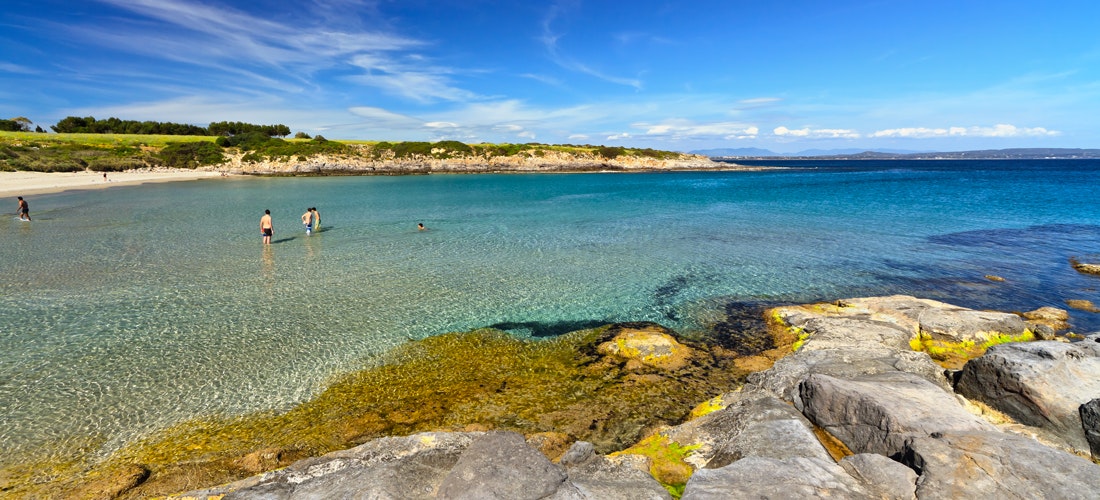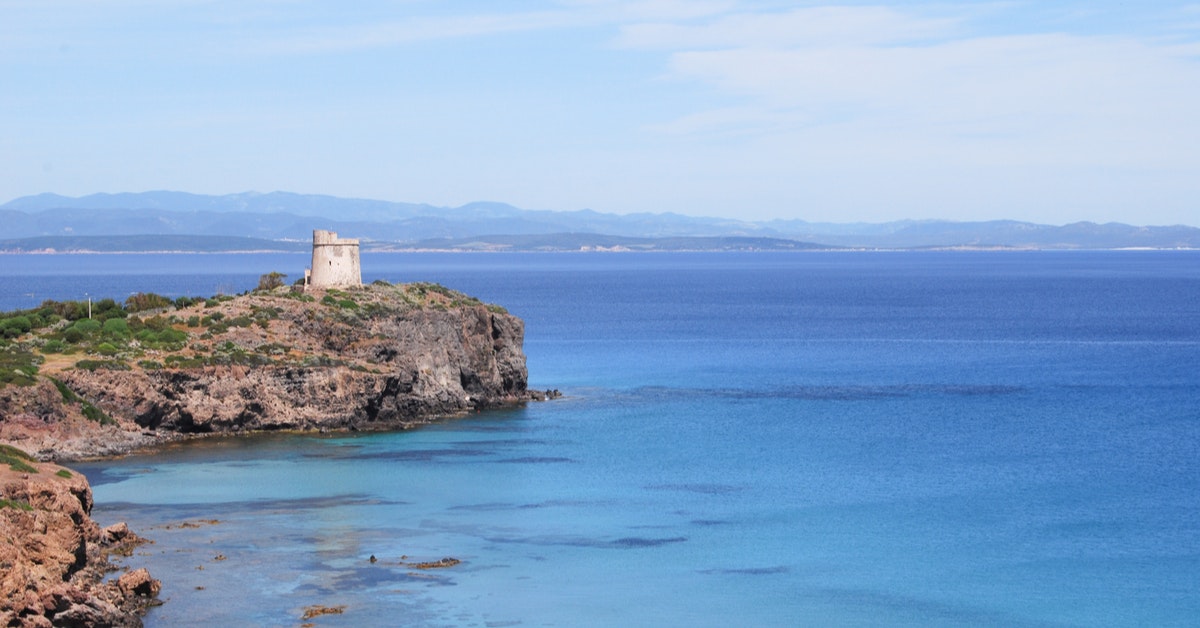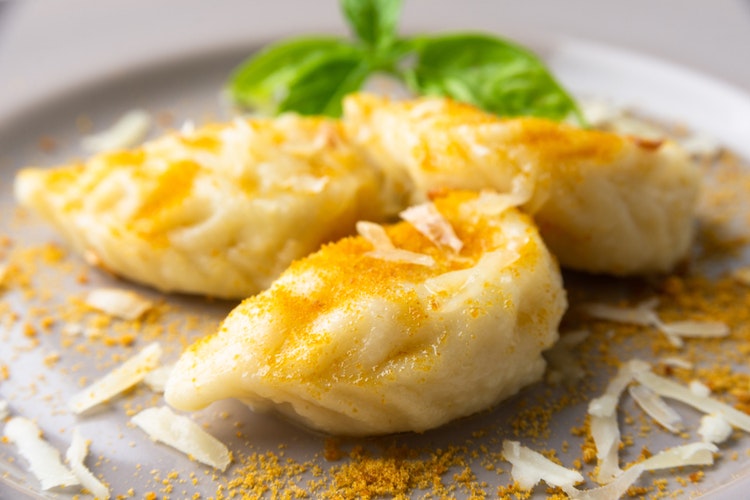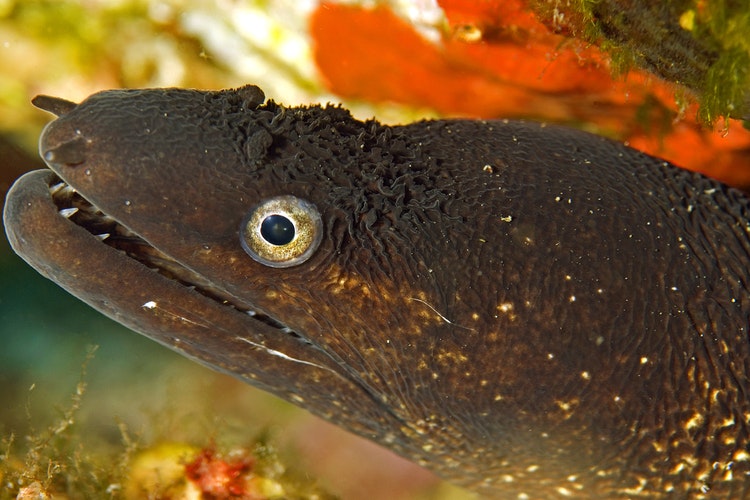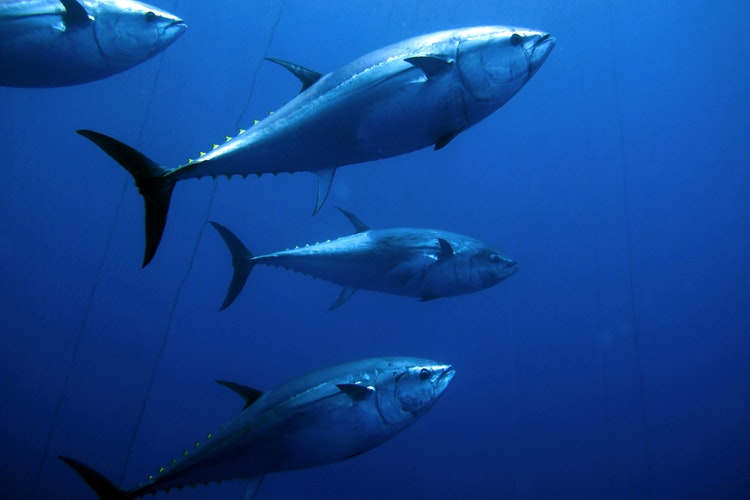Cagliari
The beautiful city of Cagliari has been the main hub of Sardinia since Roman times. It has retained its status to this day thanks to its busy port and airport. Despite its size, the city centre is cosy and integral, made up of a labyrinth of streets that lead you up the hill to the high citadel.
Our tour of this port city will naturally start at the quay, along which run the arcades of the magnificent Via Roma, lined with many trees. At the end of this stretches the Piazza Mattaotti with the magnificent Palazzo Comunale, the town hall with its two towers. From the harbour, Viale Regina Marghareta leads you to the very attractive old quarter of Castello, surrounded by massive walls. The quarter includes the famous Bastione San Remy bastion, from the top of which you can enjoy a view of the city's harbour and the surrounding lagoon.
It is also worth visiting the two massive defensive Pisan towers, Torre San Pancrazio and Torre dell' Elefante, dating from the very beginning of the 14th century. century, where again the views of the surrounding area are magnificent. For anyone with even a passing interest in Sardinia's culture and past, a visit to the Archaeological Museum in Piazza dell' Arsenale is a must. Here you can see Phoenician, Carthaginian and Roman jewellery and other finds, but above all the extremely rare bronze collection of statuettes from the Nuragic culture. Also worth a visit is the Muezum of wax anatomical models, or the laboriously assembled Museum of Asian Culture.
Near the square, the impressive 2nd century AD Roman amphitheatre will catch your eye, where you can still see the remaining rows of seats, underground passages and animal pits. Ladies in the garrison will appreciate the nearby botanical gardens, which can be reached via Ignazio da Laconi Street. Here they will enjoy more than five hundred species of Mediterranean tropical flora, and also cool down nicely on a sultry afternoon.
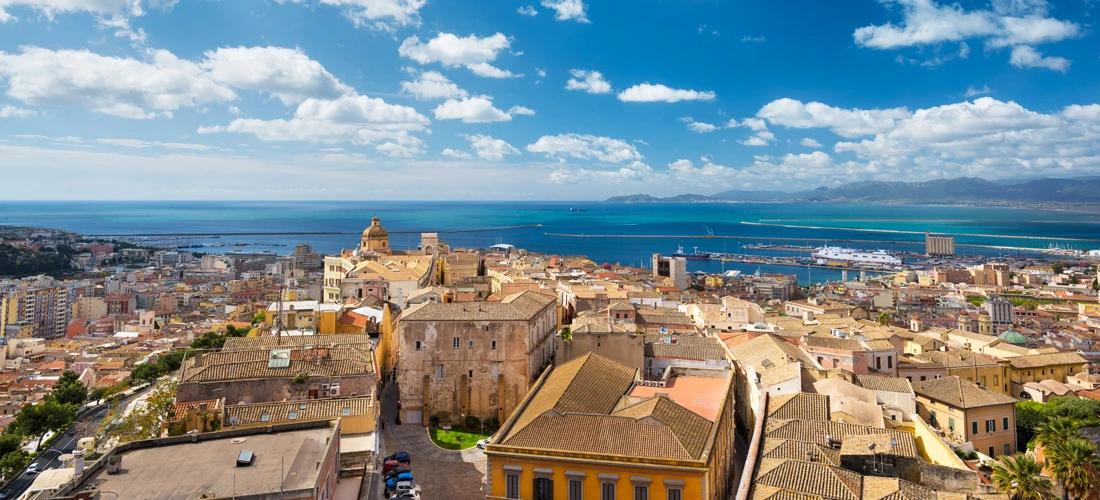.jpg)
Where to anchor in Cagliari
1. Marina Portus Karalis
Located close to the city centre in the inner harbour. It offers 140 berths with moorings and excellent cover. No showers have been reported here yet in 2015. There is space for mega yachts in the NW pool.
2. Marina del Sole
About a mile from the center, east of the yacht club are two marinas. The cheaper of the two is Marina del Sole - a friendly, family marina, some might say slightly chaotic. It offers 220 berths and 30 visitor berths. A staff member in a dinghy will assist you as you go in. Marina del Sole is popular for wintering and for sailors living on a boat.
3. Marina di Sant' Elmo
Offers the only pontoon between Marina del Sole and Marina di Bonaria. It is slightly more expensive than the former and very efficiently run. Both marinas have sail makers and fitters. 300 berths and 30 visitor berths, all with moorings. The marina staff will help you with mooring. The marina offers great shelter from all directions.

.jpg)
